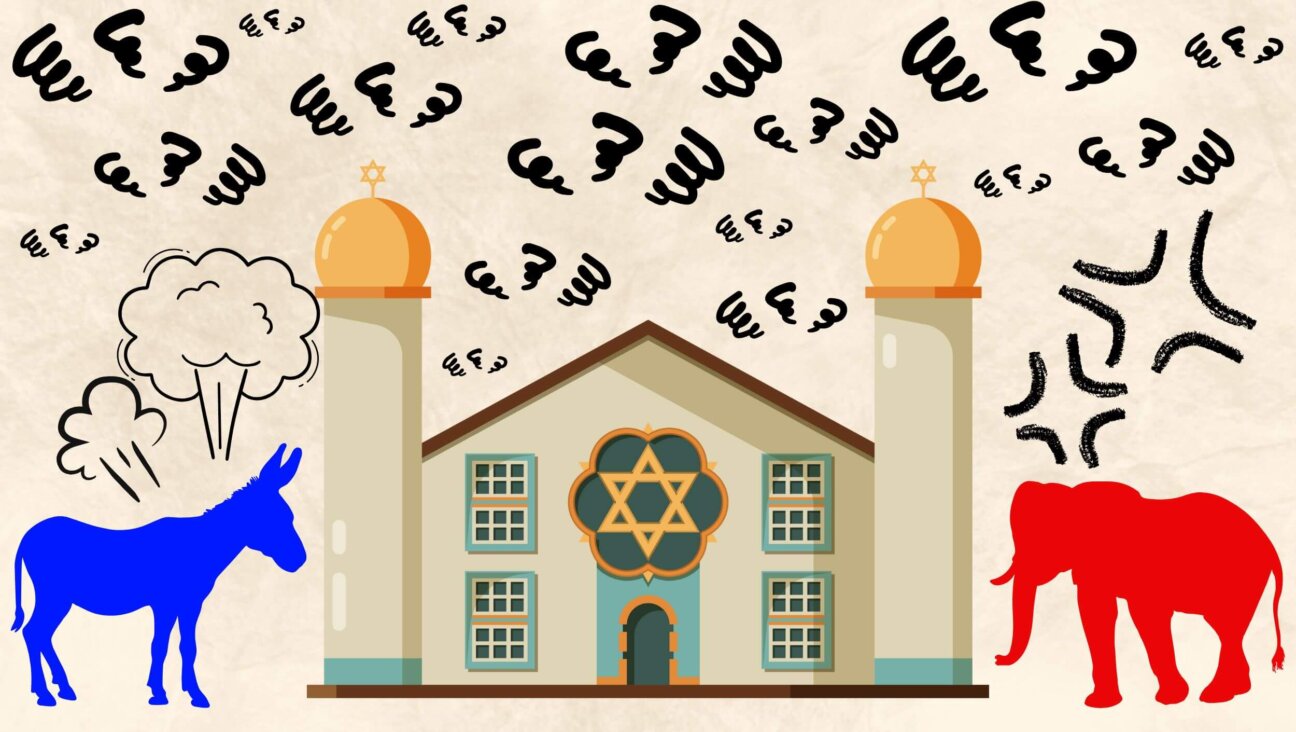Powerlessness of Unions Is Loss to Us All

A Lost Voice: Union activists protest outside a Whole Foods Market store. Image by Getty Images
When 1,338 Volkswagen factory workers in Tennessee voted to reject the union this past Valentine’s Day, folks across the country sensed that something important had just happened. Newspapers splashed it on their front pages. Every national newscast covered it. This was a big deal, not just for Chattanooga or the United Auto Workers but for America.
The question nobody’s answered is: So what? Organized labor has been on its deathbed for decades. Now it’s a little more dead. We didn’t care before. Why should we care now? Why is this front-page news?
Try this: It’s news because somewhere inside, we all know that the fate of the unions is a critical piece of the long-term struggle for the character of American society. Democrats have mostly forgotten that, but Republicans haven’t. That’s made the fight a trifle one-sided.
With 14 million members, organized labor is the largest single institution in the constellation of American liberalism. But it’s a shadow of its former self at 11% of the workforce (and just 6.5% in the private sector), down from 20% in 1970 and 35% in 1955.
When a third or even a fifth of the American workforce was organized, labor was a powerhouse. You didn’t see two-term Democratic administrations adopting policies and recovery plans that left out jobs. Even Republican administrations didn’t dare. But that was then. Today unions are hardly part of the conversation. Today banks get bailed out and workers get benefits cut.
The absence is felt in countless ways. When unions disappear, pensions disappear. Job security becomes a distant memory. Pay stagnates. VW workers in Chattanooga said they didn’t need the union because their jobs pay pretty well already. But auto-making jobs pay well because the industry has been unionized for the past 70 years. The more plants go non-union, the more wages decline.
The result is today’s economic inequality. It’s been creeping up on us for years. With nobody able to demand the workers’ share, an ever-larger piece of the nation’s income and wealth has floated upwards into the pockets of an ever-smaller slice of the population.
For a long time most of us didn’t notice. It took the economic crisis and non-recovery of the last five years, the epidemic of bankruptcies, foreclosures and long-term joblessness to jolt us awake. We’re just beginning to figure out how it happened. We don’t yet have a clue how to fix it. But Chattanooga is an important piece of the puzzle.
What happened to unions? Partly they fell victim to new technologies of the 1970s, the computers, satellites and container ships that replaced workers on assembly lines and enabled off-shoring of jobs to lower-wage countries. Unions also fell victim to economic theories that called for increasing efficiency by controlling labor costs and increasing flexibility, which are fancy names for lowering Americans’ standard of living.
Experts say it was all inevitable, but it ain’t so. Germany faced the same problems of technology and globalization, yet its unionization rate today is 18% and its unemployment recently rose to 5.5%, just as ours was falling to 6.6%. Ditto Canada (unions: 25%; unemployment: 7%) and Norway (unions: 55%; unemployment: 3.5%). And none of them remotely approach our inequality.
What sets America apart? Our four-decade national experiment in free-market fundamentalism, deregulation and tax-cutting. And the results are in: It doesn’t work. The rising tide didn’t lift all boats. Only the yachts rose. The dinghies got swamped.
But there are other reasons for labor’s decline, and they’re essential to understanding Chattanooga. The labor movement emerged during the 1930s as the engine pow ering the historic New Deal coalition. Carried along in its wake were movements for black and Jewish rights, civil liberties, women’s rights and more. Labor set the agenda for a generation.
Then came the 1960s. The New Deal coalition was blown apart by the mutual loathing of the white working class and the youth counterculture. In 1960, working-class whites voted 55% Democratic. By 1972 that dropped to 35%. It’s stayed near there ever since.
The 1972 elections saw the beginning of a new, post-labor Democratic Party built on coalitions of minorities and cultural identity groups. The white working class fled to the GOP to defend its cultural and religious values. Unions continued to support the Democratic Party, not because the Democrats particularly looked out for union interests, but because they weren’t openly hostile as the GOP was. That loyalty only increased white workers’ suspicion of unions, compounding the unions’ recruiting woes.
As the rise of television advertising drove campaign costs through the roof, Democrats became as dependent as Republicans on big money. Unions, never a match for the tycoon class to begin with, were left in the dust. And the more Democrats came to depend on wealthy liberals committed to secularism and avant-garde cultural change, the deeper the white workers’ alienation grew.
The politics of the Obama age are transforming the landscape yet again. The last few presidential elections have seen a steady decline in the proportion of whites in the electorate. Pundits from both parties now predict that unless Republicans somehow retool their message to appeal to immigrants and minorities, they will be shut out of the White House for the foreseeable future.
The paradox is that the Democrats’ dependence on minorities and the young puts them at a disadvantage during midterm elections. Midterm turnout is always lower than in presidential years; among Democratic voters it’s way lower. Voters totaled 129 million in 2008, but dropped to 86 million in 2010. The Republican vote fell from 60 million in 2008 to 45 million in 2010, but the Democratic vote fell from 69 million to 39 million. That is, Republicans lost 15 million voters, while Democrats lost 30 million. Even allowing for 7 million whites shifting rightward in 2010, that’s still a huge disadvantage.
That’s partly because key Democratic voting blocs are less attuned to politics. But it’s also because of Republicans’ turnout machine that gets voters to the polls. Democrats used to count on unions to do that for them.
Thus Democrats have a natural advantage in the White House, but Republicans have a natural advantage in Congress. Given the growing cultural and ideological gap between the parties, that’s a recipe for Washington gridlock far into the future.
It also spells trouble for the cultural and social causes that have dominated Democratic politics a generation. As abortion providers are learning to their grief, progress on racial and gender-related issues depends on Democrats winning. And Democrats can’t maintain a majority based on race and gender. They need the working class to pull the locomotive. If they can’t put unions back in front, they could lose everything else.
Chattanooga was supposed to offer a glimmer of hope. No such luck.
Contact J.J. Goldberg at [email protected]























